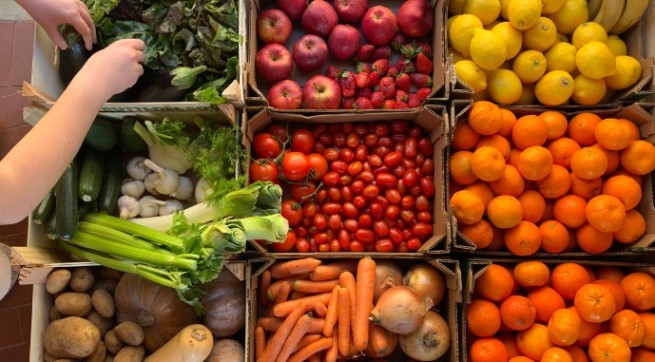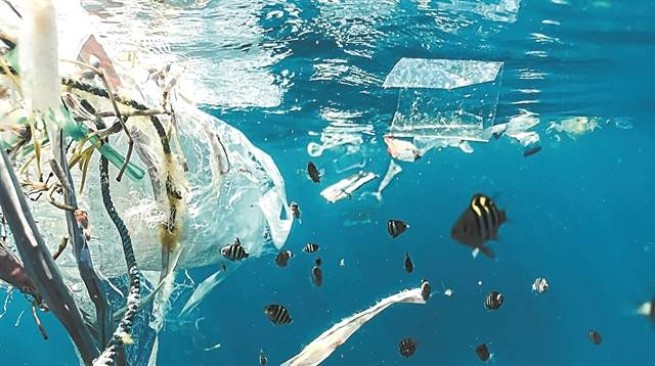The Thermaikos Gulf in Thessaloniki has suffered the worst microplastic pollution in the entire Eastern Mediterranean. The data from the first detailed study conducted by AUTH scientists is alarming.
In the waters of Thermaikos, there are 750,000 units per square kilometer. microplastics (MPs), while in the Western Mediterranean the number reaches 130,000, and in the Ionian Sea – 230,000. According to experts, the situation can be compared with that in the Mersin Gulf of Turkey.
As Dimosthenis Sarigiannis, professor of environmental engineering at AUTH and president of the National Research Foundation, explains, the study focused on quantifying the characterization of microplastics in Thermaikos Gulf.
During the study, samples of sea water, beaches (Perea, Epanomi, Agia Triada, Angelochori and Nea Michaniona) and seven commercially available fish species (colios, sardines, anchovies (sprat), etc., names in Greek: κολιό, σαφρίδι ή γκριζοσαφρ) were collected and analyzed ίδιο, γλώσσα, γόπα, σαρδέλα, γαύρο και καρπάθικη σαρδέλα).
The average concentration of MPs recorded in surface waters was 750,846 units per square kilometer.
Analysis of sand samples from the beach revealed 14,790 microplastic particles with a higher concentration on the coast of Nea Michaniona, followed by Peraia, 1,825 large microplastics and 12,965 small ones, less than 1 mm in diameter, which are also considered the most dangerous, as they can enter the food chain and pose a potential threat to living organisms and, therefore, to humans.
As for fish, microplastics were found in their digestive system (intestines) with an average concentration of 1.3 (±0.6) to 15 (±1.5) pieces per individual. Higher concentrations were observed in mesopelagic fish, followed by epipelagic species. The most common reported types of polymers were:
- polyethylene,
- plastic widely used in grocery bags,
- polypropylene, which makes up about 20% of the world’s plastic production and is widely used in food storage items.
“In addition to polymers and additional chemicals, plasticizers are used in the production of plastics, which disturb the hormonal balance of organisms. This leads to a reduction in the fish population, which poses a serious danger to the environment and the economy, as fisheries suffer, says Mr. Sarigiannis. – At the same time, although the largest percentage of microplastics was found in the gastrointestinal tract of fish, part of the chemicals contained in plastic passes into the fatty tissue of fish consumed by humans. And we are talking about chemicals not from one piece of plastic, but from many. This is detrimental to human health.”
Recent studies have shown that microplastics and nanoplastics can enter the brain as little as two hours after ingestion, and long-term human exposure can increase the risk of inflammation, neurological disorders, or even neurodegenerative diseases such as Alzheimer’s or Parkinson’s.
https://rua.gr/wom/healt/53169-ryba-s-mikroplastikom-beregite-zdorove.html
The study of Thermaikos Gulf was carried out in the context of the theses of E. Moschoulas and D. Kousis, carried out under the guidance of Prof. Demosten Sarigiannis. Why is microplastic so dangerous? According to experts, accumulating in the body, they can harm the reproductive system, lead to obesity, tissue inflammation, decreased immunity and developmental delay in children. If large plastic fragments are immediately visible, which allows, at least in theory, to collect and dispose of them, then small particles can only be detected under a microscope. They spread unnoticed and are found almost everywhere: microplastics are found in sand, air, rainfall, drinking water and beer, salt and fish.







More Stories
Black swan in the Evros river delta
The weather will turn bad on Good Friday
Crete "shaking" – two earthquakes this morning